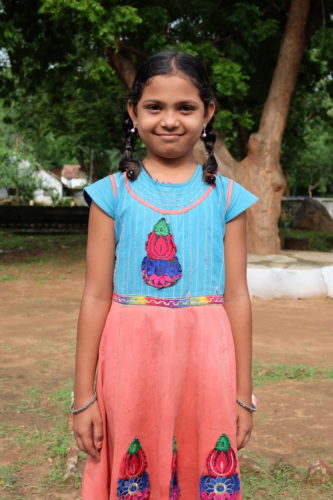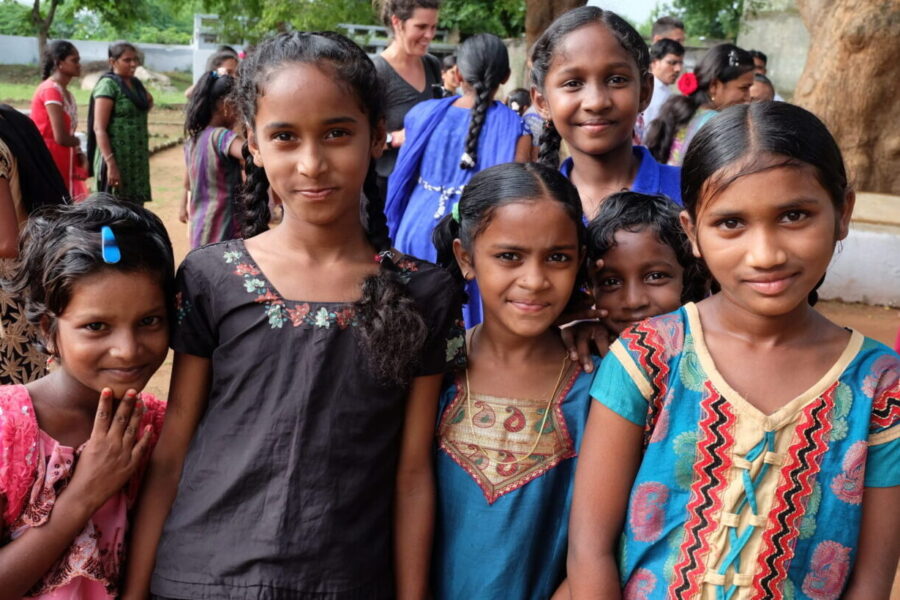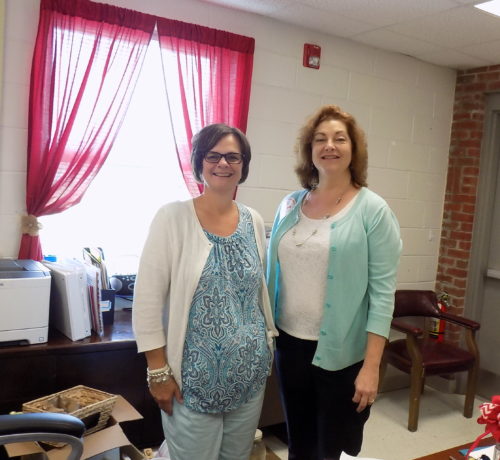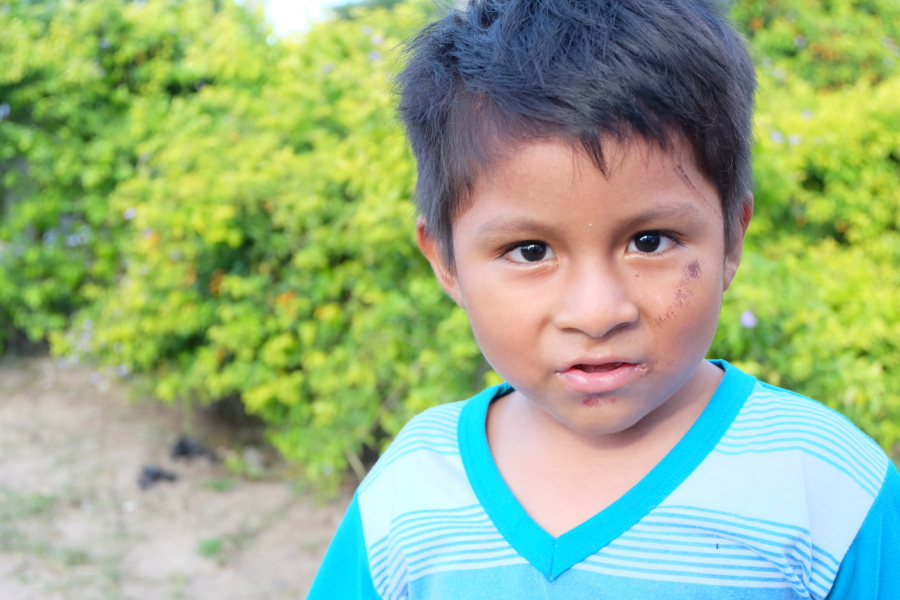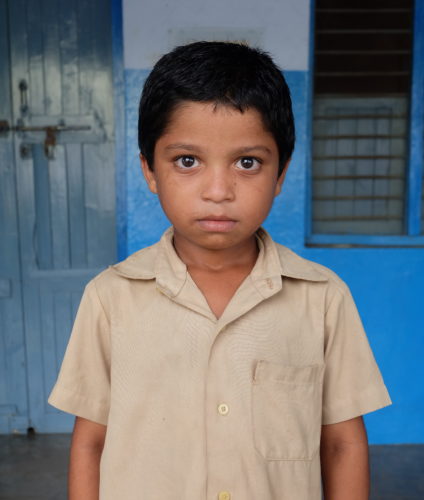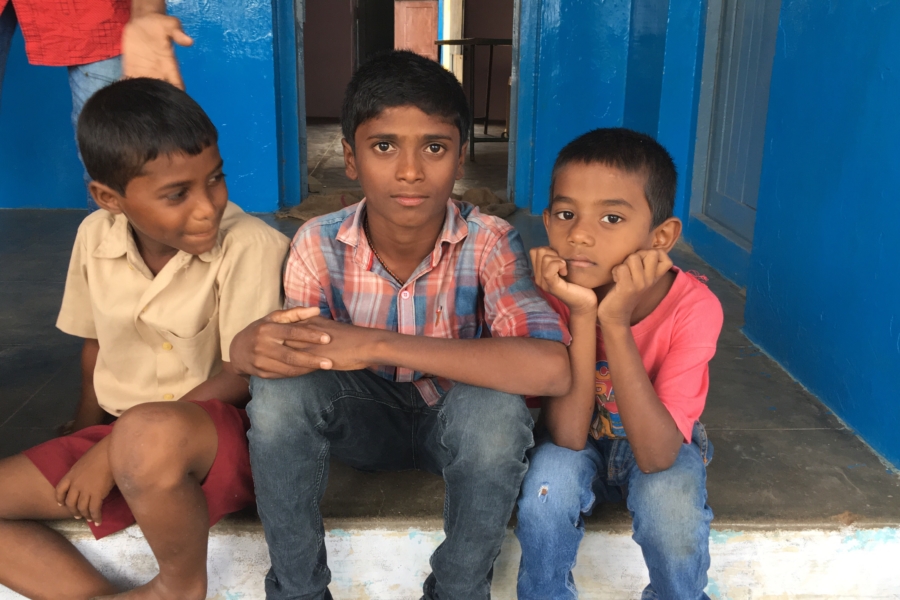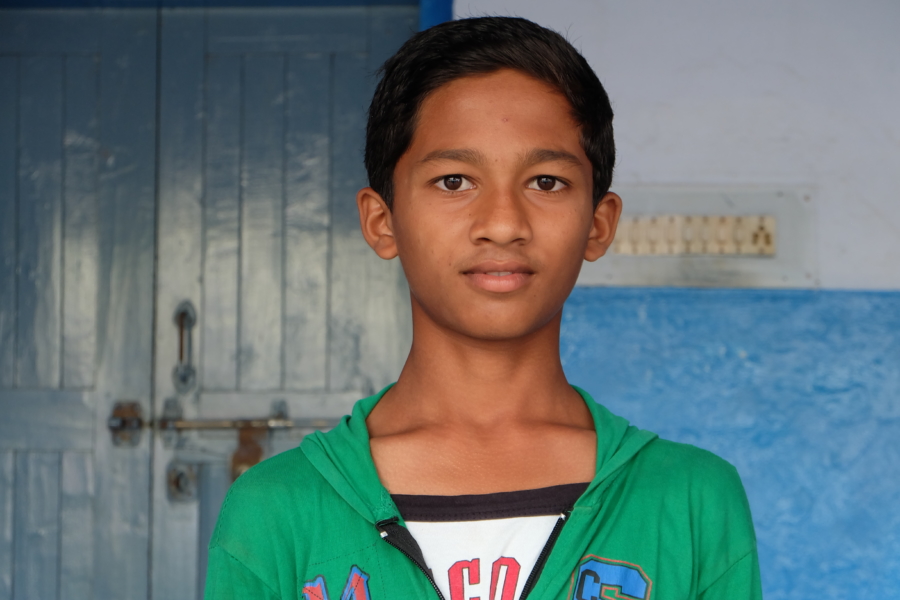A few months ago, we reported on our partnership with the international nonprofit organization Wine To Water, which works to bring clean water solutions to some of the most remote parts of the world. Before Luis Bourdet, our Director of International Programs, and I left for our trip to India in August, I visited the Wine To Water headquarters in Boone, North Carolina, and took a training course on how to use Sawyer water filters, which when used properly, can last for up to ten years.
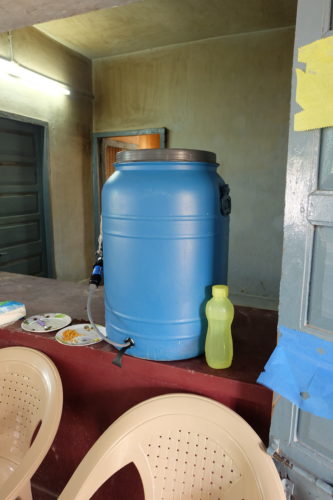
A Sawyer water filter provides clean water for up to ten years.
Requiring little maintenance and upkeep, the Sawyer filters were perfect for us to take to India to distribute to our affiliated projects. I could easily fit thirty of them in a suitcase — enough to give three or four to each of our volunteer coordinators in India, so that they could provide clean drinking water for the children in our program, reducing their risk of contracting illnesses such as typhoid or cholera.
Training day
When Luis and I arrived in India, we found that most of our projects, including the Grace Aaron Boarding Home in Bhoorgampahad, had wells on their properties and used groundwater as their source for cleaning and drinking water. In fact, Children Incorporated supporters funded the installation of the well and pump at the Grace Aaron Boarding Home about ten years ago so that the home would have a freshwater source for cooking, cleaning, and bathing. The problem with the groundwater there, however, is that it is not safe to drink, because sewage disposal in the country is ineffective, and wastewater from toilets is fed into the same water system from which well water is pumped.
On our first day in India, four days before we visited the Grace Aaron Boarding Home, where 68 girls in our program live, Luis and I held a training session for all six of our coordinators who work at our affiliated projects in and around Dornakal. I showed them how to properly assemble the Sawyer water filters and how to correctly use them. The filters require two containers — one on which to attach the filter, where the contaminated water is contained, and another for the clean water that comes out of the filter. All of our coordinators were enthusiastic about using the filters, and they were grateful to have them to start using right away at their projects.
Sanitary practices all around
The girls at the Grace Aaron Boarding Home now have clean water, too, which is essential to their well-being.
When we arrived at the Grace Aaron Boarding Home a few days later, our Volunteer Coordinator there, Mrs. Jesintha, had set the filters up in the activity room where the girls practice singing and dancing after school. Now all the girls have access to clean drinking water throughout the day, whenever they want it. As we toured the rest of the home, we saw that the structure had newly-updated bathrooms, which included tile floors and large hand-washing sinks, which are important in good sanitation practice, helping keep the girls healthy so that they can attend school.
On top of receiving nutritious meals every day and having a safe and sanitary place to live, the girls at the Grace Aaron Boarding Home now have clean water, too, which is essential to their well-being. What seemed at first like a small gesture — providing basic, easy-to-use water filters to our projects — I now understand to be a crucial part in providing basic needs to children living in poverty.
***
HOW DO I SPONSOR A CHILD IN INDIA?
You can sponsor a child in India in one of three ways: call our office at 1-800-538-5381 and speak with one of our staff members; email us at sponsorship@children-inc.org; or go online to our donation portal, create an account, and search for a child in India that is available for sponsorship.

